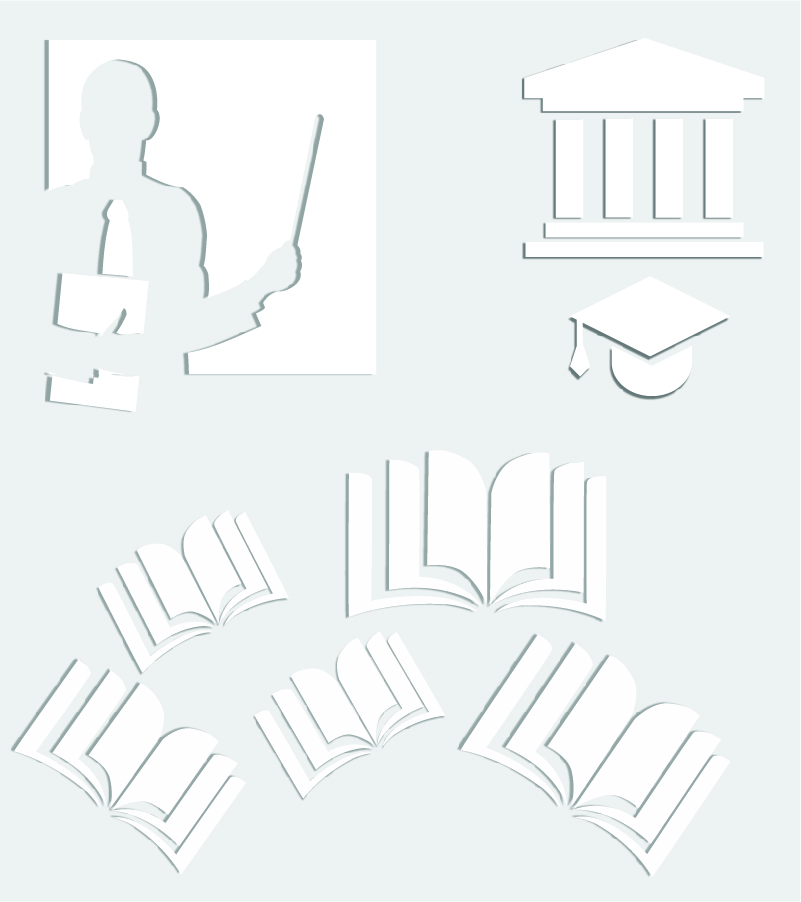Exchange programmes
About the Faculty
Studies
| Subject: Biomechanics of cardiovascular system
(12 -
M45991) Basic Information
Native organizations units
Course specification
Course is active from 01.10.2009.. This course, addresses the student to understand applications of the Mechanical tool in the analysis of biomedical systems which are more complex and less defined then the technical ones. Also, the intentions of the course are to relate mechanical functions with other functions existing in human body (such as biological, chemical, electrical, neurological), to understand how the advances of age, trauma and disease influence the mechanical functions of the human body; to analyze and model several structures of the cardiovascular system. At the end of the course students will be expected to have ability to use the knowledge obtained in engineering courses in the analysis of biomechanical systems especially in the analysis of motion within a human body, i.e. to pose and solve the problems by means of recognizing, identifying and formulating appropriate idealized models and by choosing the appropriate either numerical or analytical solving procedures. In doing so the student learn to use various computer tools for prediction of various normal and pathological states as well as to communicate with other either medical staff or engineers within a team work; This course prepares the student for further learning as well as for practice, hard work, creative thinking, further development of skills in design of new solutions of biomedical problems. This course covers the following topics. Structures of cardiovascular system. Basic cell biology and soft tissue behavior. Biotransport phenomena. Normal condition of the arterial wall -- structure and function. Constitutive equations and experimental methods of deformation patterns evaluation. Stress analysis. Vascular diseases: hypertension, intracranial aneurysms, atherosclerotic plaque formation, aortic aneurysms. Vascular adaptation. Normal and aging heart -- structure and function. Blood function, and organ systems: lungs, kidneys and liver. Numerical methods in continuum biomechanics. Lectures, auditory exercises, demonstration of computer tools. Homeworks, as a check of understanding and usage of the introduced notions that can be done within groups. Either a practical examination part -- two problems done by them own -- or seminar work based on a real problem presented in periodicals. Individual work with each of the groups which extends the knowledge and skills in biomechanics, mathematical analysis and computer tools, as well as the foreign language the student use. The examination ends with a final talk on the introduced notions and skills.
|
© 2013. Faculty of Technical Sciences. Trg Dositeja Obradovića 6, 21000 Novi Sad. Tel: +381 21 450 810
Translation: FTS English Team
Translation: FTS English Team





